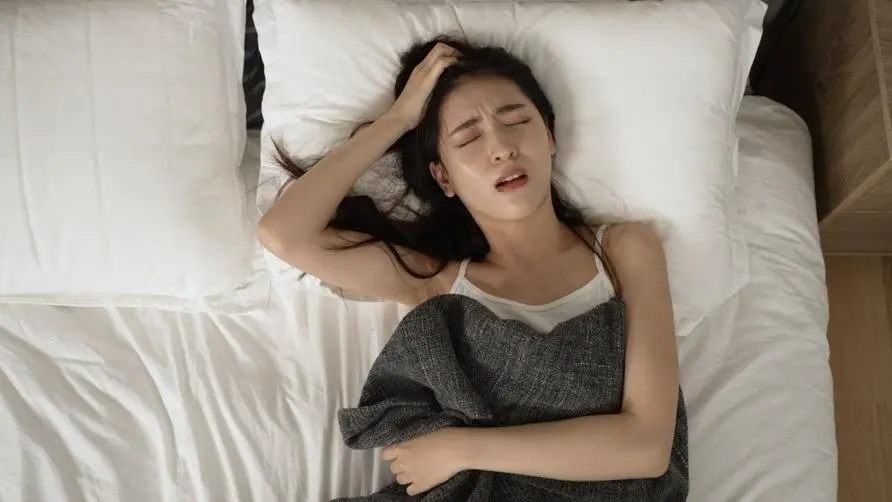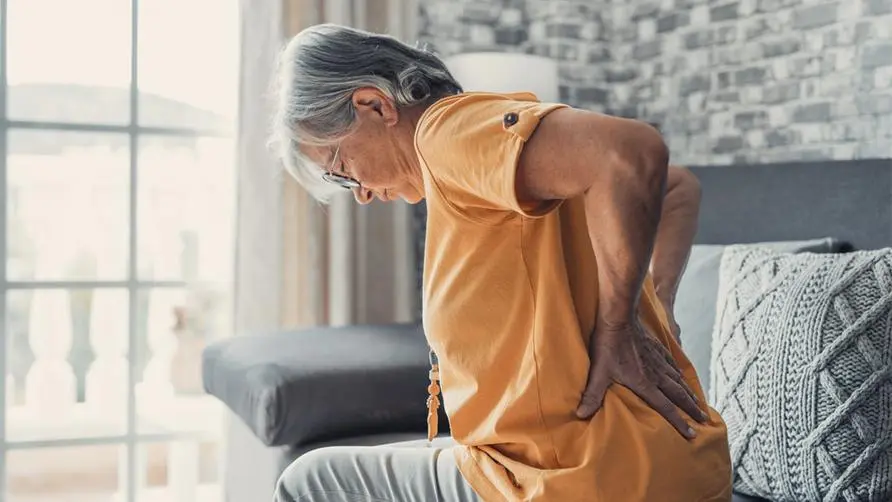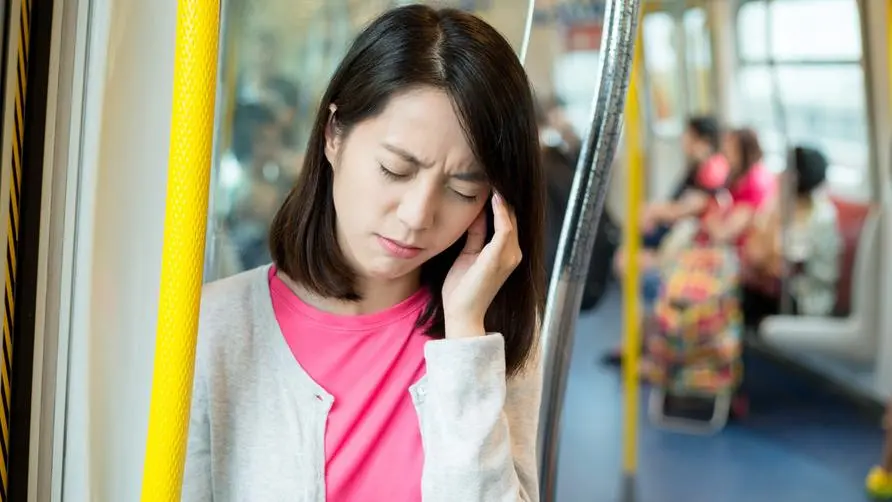Sleeping without air conditioning in summer? Be careful of "hot stroke"! Research confirms: "Three major ethnic groups" are most affected

Summer temperatures in Taiwan generally reach over 30 degrees Celsius. If the indoor ambient temperature is too high before going to bed, not only will sleep quality be easily affected, but the risk of stroke for certain groups may also increase! The European Heart Journal (EHJ), a publication of the European Society of Cardiology, published literature stating that high temperatures at night are associated with an increased risk of stroke, with the elderly and women most affected.
Is excessive temperature at night likely to cause “stroke”? Research: Overall risk increased by 33%
A research team led by the Helmholtz Research Center in Munich, Germany, obtained data on 22,284 medical patients from the Affiliated Hospital of the University of Augsburg Medical School from 2006 to 2020. Among them, 11,037 subjects suffered from stroke during this 15-year period. Ischemic stroke, hemorrhagic stroke and transient cerebral ischemia cases accounted for 67.3%, 5.8% and 26.7% of the total cases respectively.
To quantify the impact of temperature changes on stroke disease over the past 15 years, the study used the “overheating at night” index (HNE) for comparison: the temperature was lower from November to April, with an average temperature of 3.31 degrees Celsius, while the average temperature from May to October rose sharply to 14.14 degrees. After the research team cross-compared the data, the correlation between stroke risk and “year” is as follows:
2006–2020:
Overall stroke risk increased by 14%
The risk of ischemic stroke and transient cerebral ischemia increases by 16%
Risk of hemorrhagic stroke increased by 4%
2006–2012:
There was no significant association between overall stroke risk, ischemic stroke risk, transient ischemic stroke risk, and hemorrhagic stroke risk.
2013–2020:
Overall stroke risk increased by 33%
The risk of ischemic stroke and transient cerebral ischemia increases by 32%
21% increased risk of hemorrhagic stroke
Comparing the two major time periods of 2006-12 and 2013-2020, it was found that nighttime high temperature exposure was indeed associated with an increased risk of stroke. Of note, no significant changes were observed for hemorrhagic stroke in comparison, possibly due to the limited number of cases in this category. If the correlation between temperature changes and stroke over 14 years is integrated, the overall risk of stroke may increase by 7%.
High temperature at night increases blood thickness, experts warn: It may be a key cause of stroke
If we look at the subgroup analysis, the three major groups of “women”, “elderly” and “minor stroke” have higher risks: for women, the risk increased from 2% to 33% from 2006-12 to 2013-20. For the elderly, there was no correlation and increased to 36%; for those with minor strokes, the number increased significantly from 4% to 52%, which shows that those with existing minor strokes are more likely to be affected by hot weather and worsen their condition.
In addition, during 2013-20, there was also a significant increase in stroke cases among men and young people; in contrast, there was no significant impact from 2006-12. “Patients with small vessel disease or cardioembolic disease also had an increased risk of stroke in 2013-20, but this association was not found in 2006-12, which may be related to climate change,” study authors said. Dr. Cheng He said.
Dr. Cheng He pointed out that high temperatures at night lead to increased blood viscosity and dehydration, which are the main factors that increase the risk of thrombosis, thereby increasing the risk of ischemic stroke. Although in this study, the research team did not find a correlation between nighttime high temperature and stroke mortality; many previous studies have shown that nighttime high temperature exposure is associated with increased stroke mortality.
Is it dangerous to sleep without air conditioning at night? Are women more likely to have a stroke than men?
“Although the average daily temperature in the Augustburg area of Germany is milder than other regions or countries, the usage rate of residential air conditioners in Germany is generally low. In 2017, only 4.7% of households used air conditioners. Therefore, whether to turn on the air conditioner at night is The ability to reduce the risk of stroke must be discussed in future studies. Furthermore, future cross-national studies should be conducted to include tropical and subtropical countries for comparison.”
Dr. Cheng He explained that the increase in blood viscosity caused by high temperatures at night may undoubtedly pose a higher threat to the elderly whose cardiovascular tissues are aging or more fragile. As for women, their hormones are prone to violent fluctuations during menstruation or menopause, which may be related to a decrease in women’s heat tolerance. In addition, women have a higher body fat rate than men, which may also be the reason for reducing their heat dissipation ability.
Finally, Dr. Cheng He warned that in today’s era of frequent extreme weather events, climate change has caused nighttime temperatures to rise more than during the day. If there are elderly people at home, or people whose homes are not properly air-conditioned, or even people who are stroke patients or have a history of stroke in the past, excessive nighttime temperatures may lead to adverse consequences. Relevant authorities are urged to treat this with caution.
Source:
Extended reading:





